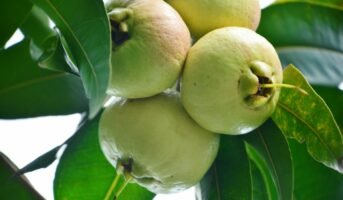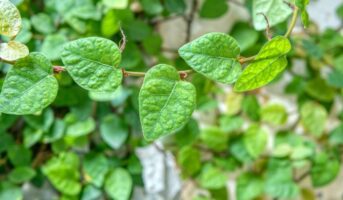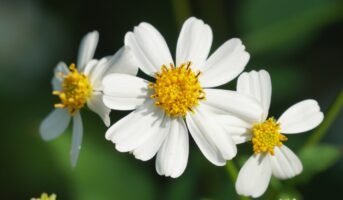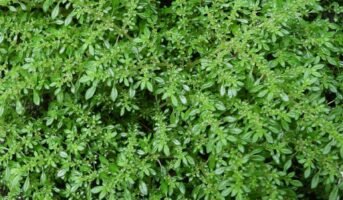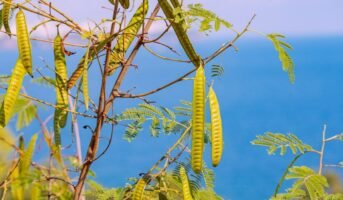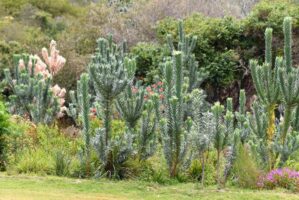Physalis angulata, also known as balloon cherry, is a small, herbaceous plant with a tuber-like root. The leaves are pinnate, and the plant has flowers are yellow and green. It is native to South America, where it grows in the Amazon region.
Physalis angulata is a member of the nightshade family and can be grown in the ground or indoors. It prefers full sun to light shade, and it prefers well-drained soil high in organic matter.
Physalis angulata’s fruit has a sharp, bitter taste and is often used as a spice in many dishes. The plant has been used for thousands of years as a natural remedy for ailments such as diabetes and high cholesterol levels.
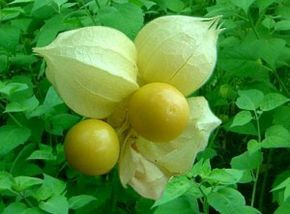
Source: Pinterest
Physalis angulata: Quick facts
| Plant name | Physalis angulata |
|---|---|
| Common Name | Angular winter cherry, balloon cherry |
| Genus | Physalis |
| Family | Solanaceae |
| Life Cycle | Annual Plant |
| Mature Size | 1 m in height |
| Cultivation | Despite its origins in tropical America, this species is now found in tropical, subtropical, and warm temperate regions throughout the world. |
| Benefits | Among its uses are treating malaria, toothaches, and liver problems |
Physalis angulata: Description and features
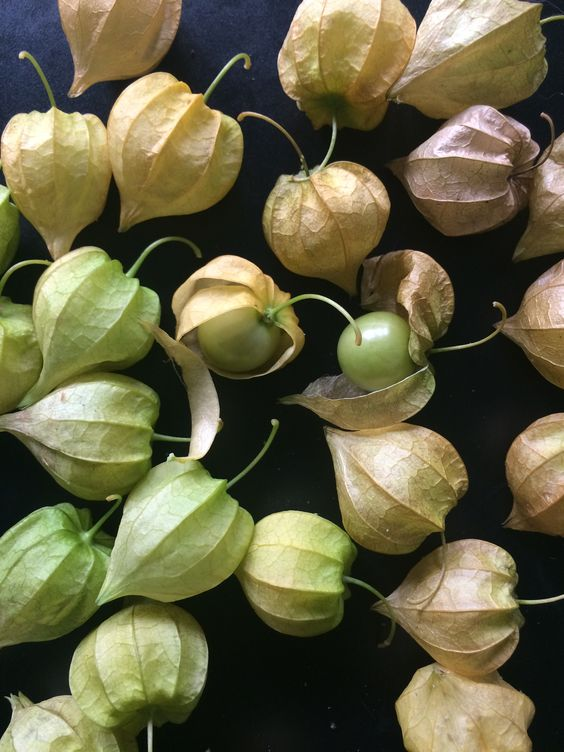
Source: Pinterest
Physalis angulata grows up to 25 cm tall and has heart-shaped leaves with three to five leaflets that turn yellow in late summer shortly before they fall off. It produces tubers which can grow up to 1 cm in diameter. They contain starch that can be harvested when ripe in fall or winter.
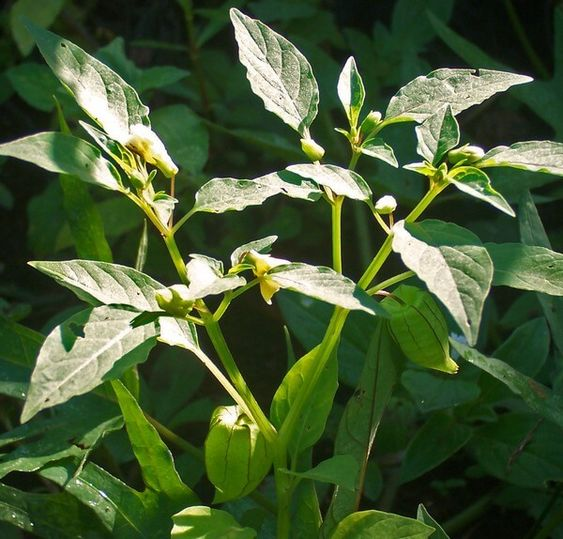
Source: Pinterest
- Physalis angulata is a beautiful, sweet tuberous root that can be grown in the ground or indoors.
- It is native to Mexico, Central America, and northern South America, but it is now widely cultivated in many areas around the world.
- Physalis angulata is an annual plant that grows best in full sun and well-drained soil. It will grow in any soil type as long as it is not too heavy or rocky.
- Physalis angulata prefers to be grown in pots for ease of care, but you can also plant it directly into the ground if you wish. It will grow quickly as long as it has plenty of room to spread out.
How to grow Physalis angulata?

Source: Pinterest
The plant will grow about three feet tall and two feet wide if planted in the ground, with smaller plants more manageable for indoor growing. The plant can tolerate drought conditions once established.
Physalis angulata should be grown from seed rather than from cuttings or divisions. The latter methods may not produce true-to-type plants due to genetic variation. Once you have collected seeds, sift through them until you find those that are viable.
Then sow them immediately into the moistened potting mix. Keep the soil moist but not excessively wet, and keep the seedlings growing indoors until they are large enough to set out into your garden or yard.
How to care for Physalis angulata
Physalis does not require much care once it has settled in. Only water is preferable during extreme heat waves or long dry spells. Your physalis’ growth will be aided by adding tomato fertiliser in the amounts recommended on the packaging label.
Physalis angulata: Uses
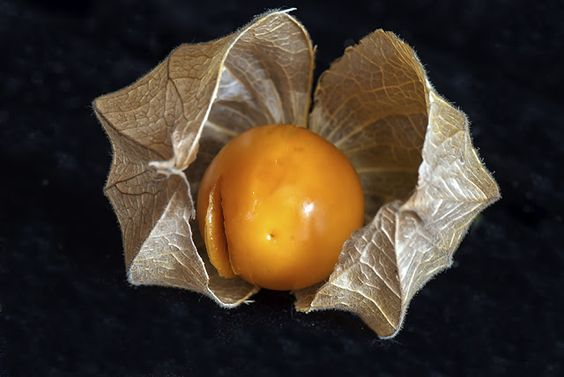
Source: Pinterest
- The medicinal properties of the plant have been used by indigenous people for centuries. It is believed to be a remedy for rheumatism and other physical ailments.
- It has also been used as a food source since ancient times to help with diabetes, high blood pressure and other conditions.
- Due to its powerful anti-inflammatory properties, Physalis angulata has been used for many centuries by native Americans and other cultures as a remedy for sore throat, hoarseness and asthma.
- The flowers are also used to treat digestive disorders such as dyspepsia and ulcers.
- Physalis angulata flowers contain safrole which is effective against cancer cells when used in conjunction with chemotherapy treatments.
- It is also used widely in herbal medicine, particularly in the treatment of respiratory problems.
FAQs
Is it possible to eat Physalis angulata?
Yes. South American natives eat the fruit and use its extracts medicinally. The fruit extracts are anti-inflammatory.
Why is Physalis angulata useful?
Infusions of plants are used to treat disorders such as gonorrhoea, indigestion, nephritis, and fever.
What is the common name for physalis angulata?
There are a variety of names for Physalis, including balloon cherry and angular winter cherry.
Can all Physalis berries be eaten?
In spite of the fact that Physalis berries are edible when ripe, not all of them are enjoyable - like the Physalis alkekengi - so it is best to proceed with caution when eating them.
Housing News Desk is the news desk of leading online real estate portal, Housing.com. Housing News Desk focuses on a variety of topics such as real estate laws, taxes, current news, property trends, home loans, rentals, décor, green homes, home improvement, etc. The main objective of the news desk, is to cover the real estate sector from the perspective of providing information that is useful to the end-user.
Facebook: https://www.facebook.com/housing.com/
Twitter: https://twitter.com/Housing
Email: [email protected]

